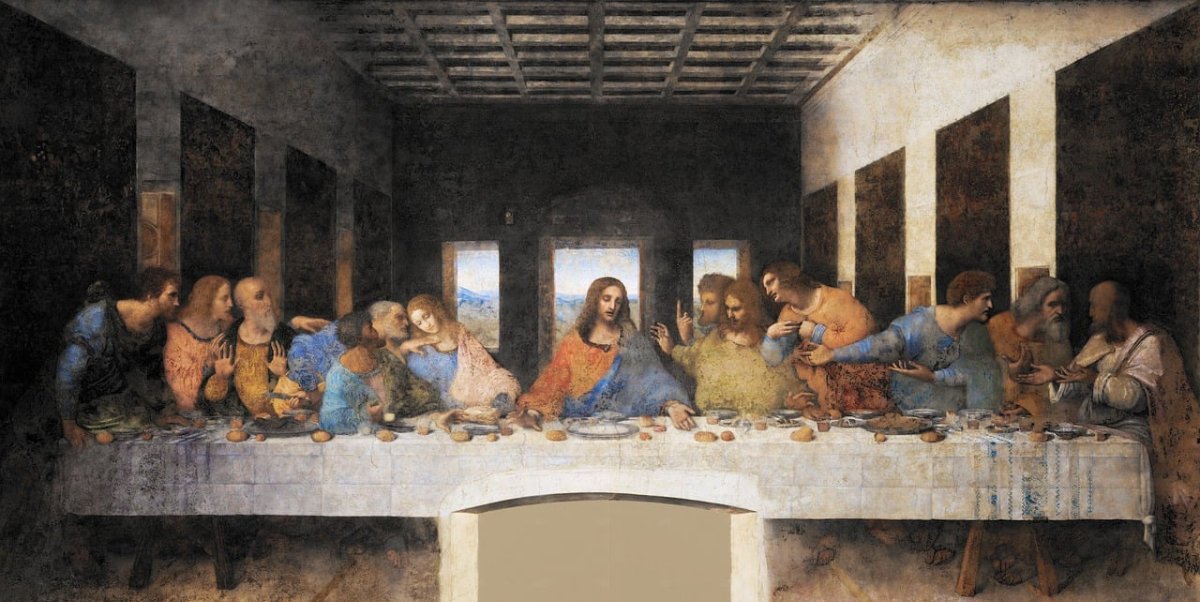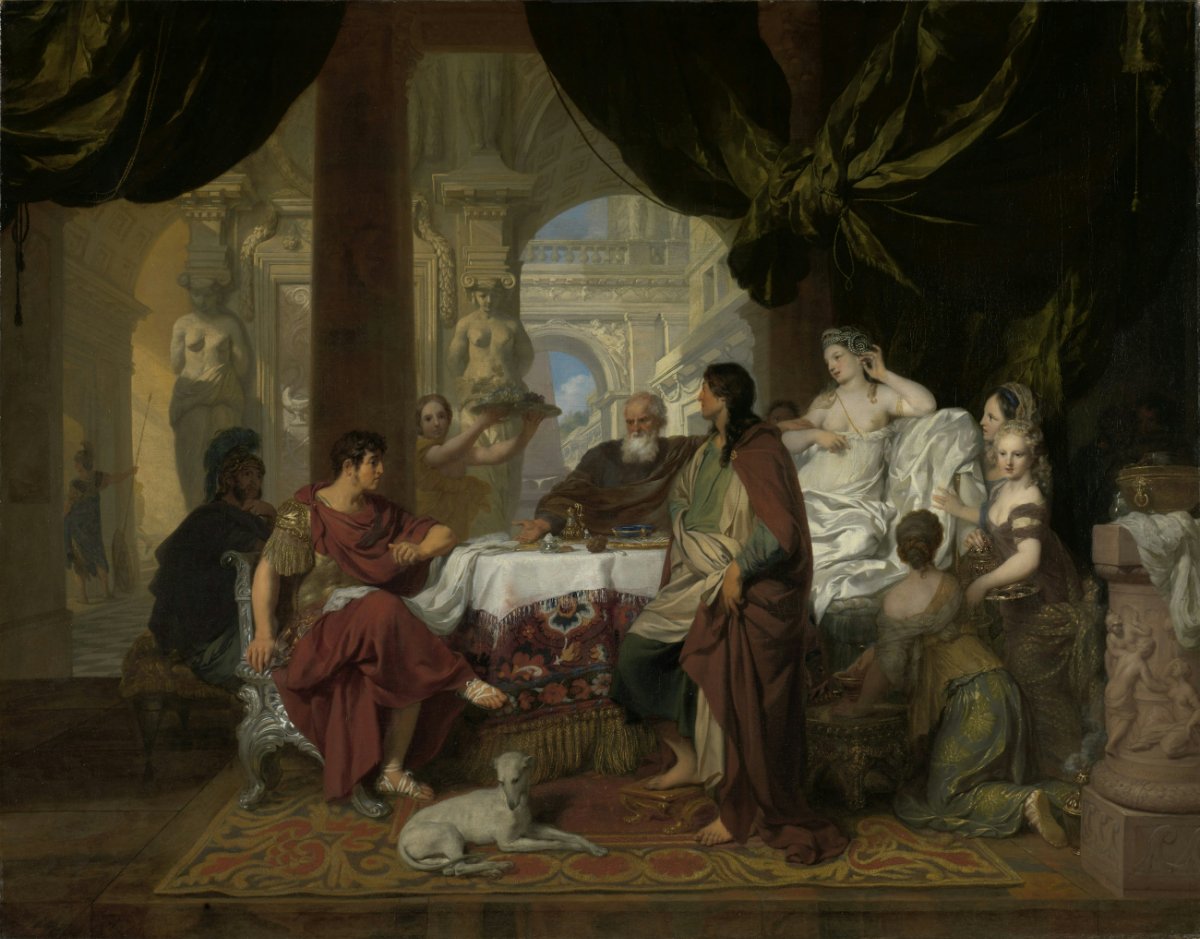Introduction
Art, in its various forms, has always served as a mirror to the human condition, capturing the essence of different eras and societies. Classical paintings—characterized by their realistic depictions, technical precision, and intricate storytelling—have left an indelible mark on art history, influencing how we perceive art even today. In contrast, modern art often leans toward abstraction and ambiguity, emphasizing the emotional, conceptual, and subjective. These differences between classical and modern art raise important questions about the nature of storytelling in art: What makes a narrative truly timeless? And how exploring the narrative depth in classical paintings versus the abstraction and ambiguity of modern works? This article delves into these questions, offering a comparative analysis that highlights the narrative richness of classical paintings while examining the introspective allure of modern art.
Classical Art: The Pinnacle of Narrative Mastery
- Art History and Classical Art’s Influence on Perceptions
Classical art, spanning from the Renaissance to the Baroque period, is often lauded for its emphasis on realism, detail, and harmony. Artists such as Leonardo da Vinci, Michelangelo, and Caravaggio mastered the use of perspective, anatomy, and chiaroscuro to create lifelike representations that communicated complex stories. These stories were often derived from mythology, religious texts, and historical events, making classical paintings windows into the culture and beliefs of their time.
- Example: In Leonardo da Vinci’s “The Last Supper”, the precise arrangement of figures and careful attention to emotional expression tell a story that transcends time, inviting viewers to engage with the dramatic tension of the scene.
These narrative-driven works shaped modern perceptions of what art could achieve. They established the idea that art can convey complex stories and act as a bridge between the artist’s intent and the viewer’s interpretation. This emphasis on storytelling has continued to influence contemporary art, though in more abstract forms.
- Painting Techniques from Classical Masters and Their Narrative Impact
The classical art era is defined by techniques that sought to bring stories to life through meticulous detail and realism. Some of these techniques include:
- Chiaroscuro: The contrast between light and shadow, used masterfully by artists like Caravaggio, to create drama and direct the viewer’s attention.
- Linear Perspective: Pioneered during the Renaissance, this technique creates a sense of depth, making scenes appear three-dimensional. It is crucial in guiding the viewer’s gaze and emphasizing key narrative elements.
- Layering and Glazing: Classical painters often built their paintings in layers, allowing for a richness of color and depth that added to the storytelling quality of their work.
Each of these methods contributes to the immersive storytelling experience of classical art. The viewer is not just a passive observer but is drawn into a carefully constructed scene, where every detail—from the placement of a hand to the direction of a gaze—plays a role in the unfolding narrative.
Learn more about painting techniques and their impact on art appreciation.
Modern Art: The Shift Toward Abstraction and Subjectivity
- From Realism to Abstraction: The Evolution of Storytelling
As the art world transitioned into the modern era in the late 19th and early 20th centuries, artists began to challenge traditional notions of realism and narrative clarity. Influenced by movements like Impressionism, Cubism, and Surrealism, modern artists turned toward abstraction, prioritizing the emotional and psychological over the literal.
- Example: In Pablo Picasso’s “Guernica”, the distorted shapes and broken-up composition show chaos and suffering, representing the horrors of war. The unclear details of the painting let people see it in different ways.
In this change, viewers must understand the artwork without having any fixed ideas, unlike classical art, which often told a clear story.
- The Psychology of Art: Emotional Impact of Classical vs. Modern Art
The differing approaches of classical and modern art have distinct impacts on the viewer’s psychology:
- Classical Art: Tends to evoke empathy and admiration. The detailed scenes and lifelike representations can create a strong emotional connection, especially when viewers are familiar with the historical or mythological references.
- Modern Art: Leans into curiosity. The abstraction and ambiguity of modern works often leave viewers questioning the meaning, engaging more deeply with their own emotions and thoughts in response to the piece.
The psychological engagement provided by each style serves different purposes. Classical art offers a shared narrative that connects people across time, while modern art’s open-ended storytelling reflects the complexity and uncertainty of the contemporary human experience.
Comparative Analysis: Classical Art’s Depth vs. Modern Art’s Freedom
- Narrative Clarity vs. Interpretative Freedom
One of the most significant differences between classical and modern art is the level of control over the viewer’s experience:
- Narrative Clarity in Classical Art: Classical paintings often guide the viewer through a story, emphasizing clarity and structure. The use of familiar themes and symbolism makes the meaning of the artwork more accessible, offering a shared experience across cultures and generations.
- Interpretative Freedom in Modern Art: Modern art, in its abstraction, provides freedom of interpretation. This open-endedness can be seen as both a strength and a challenge—while it allows for personal reflection, it can also create a distance between the artist’s intent and the viewer’s understanding.
- The Societal Role of Classical Art and Its Enduring Influence
Classical art has played a crucial role in shaping the cultural heritage of societies. These works are often displayed in museums and galleries as symbols of national pride and historical identity. Classical paintings are celebrated for their technical mastery and timeless themes, continuing to influence art education and contemporary artists today.
Modern art, on the other hand, often challenges societal norms and explores themes of alienation, identity, and existentialism. It serves as a reflection of the changing world, representing the struggles and aspirations of the modern era.
Conclusion: The Enduring Legacy of Storytelling in Art
Classical art remains a testament to the power of technical skill and storytelling, while modern art celebrates the freedom of interpretation and the exploration of new ideas.


